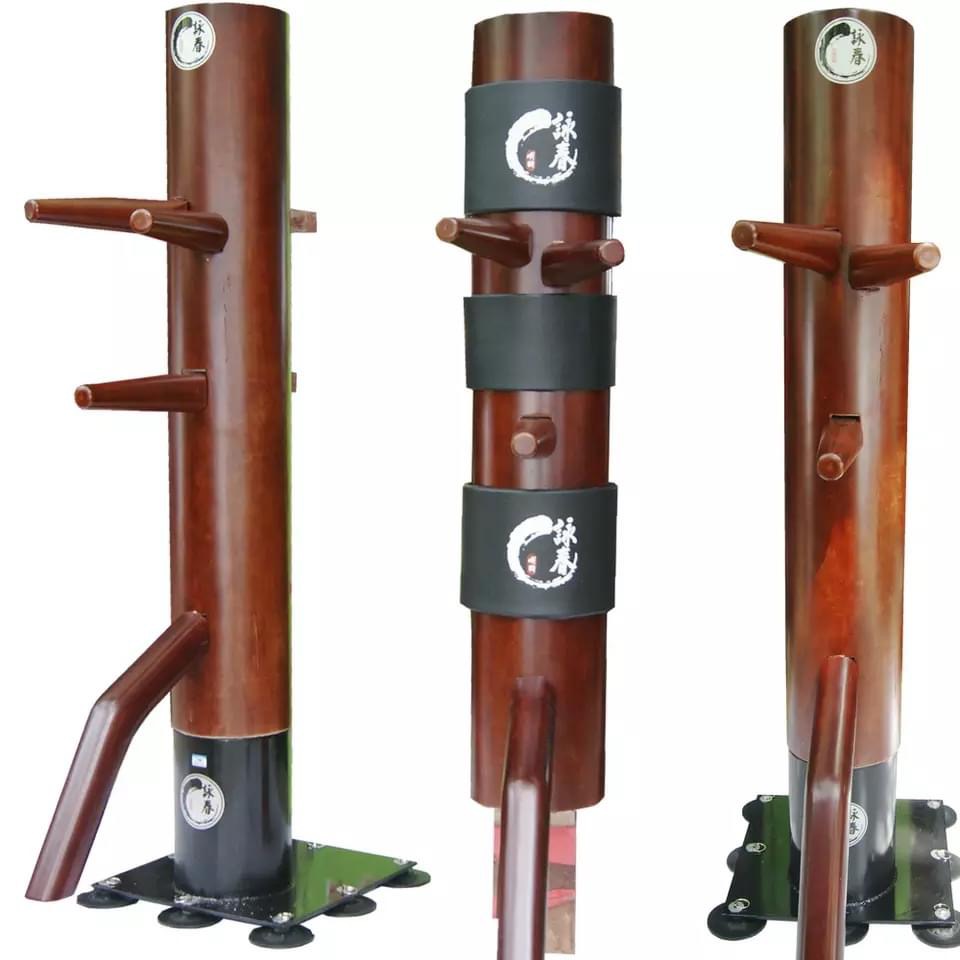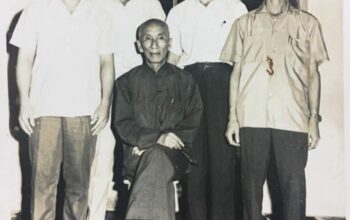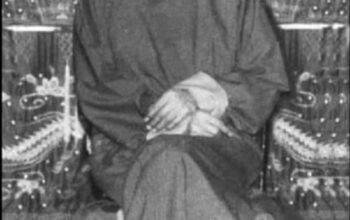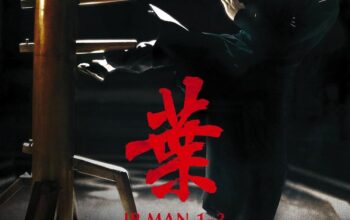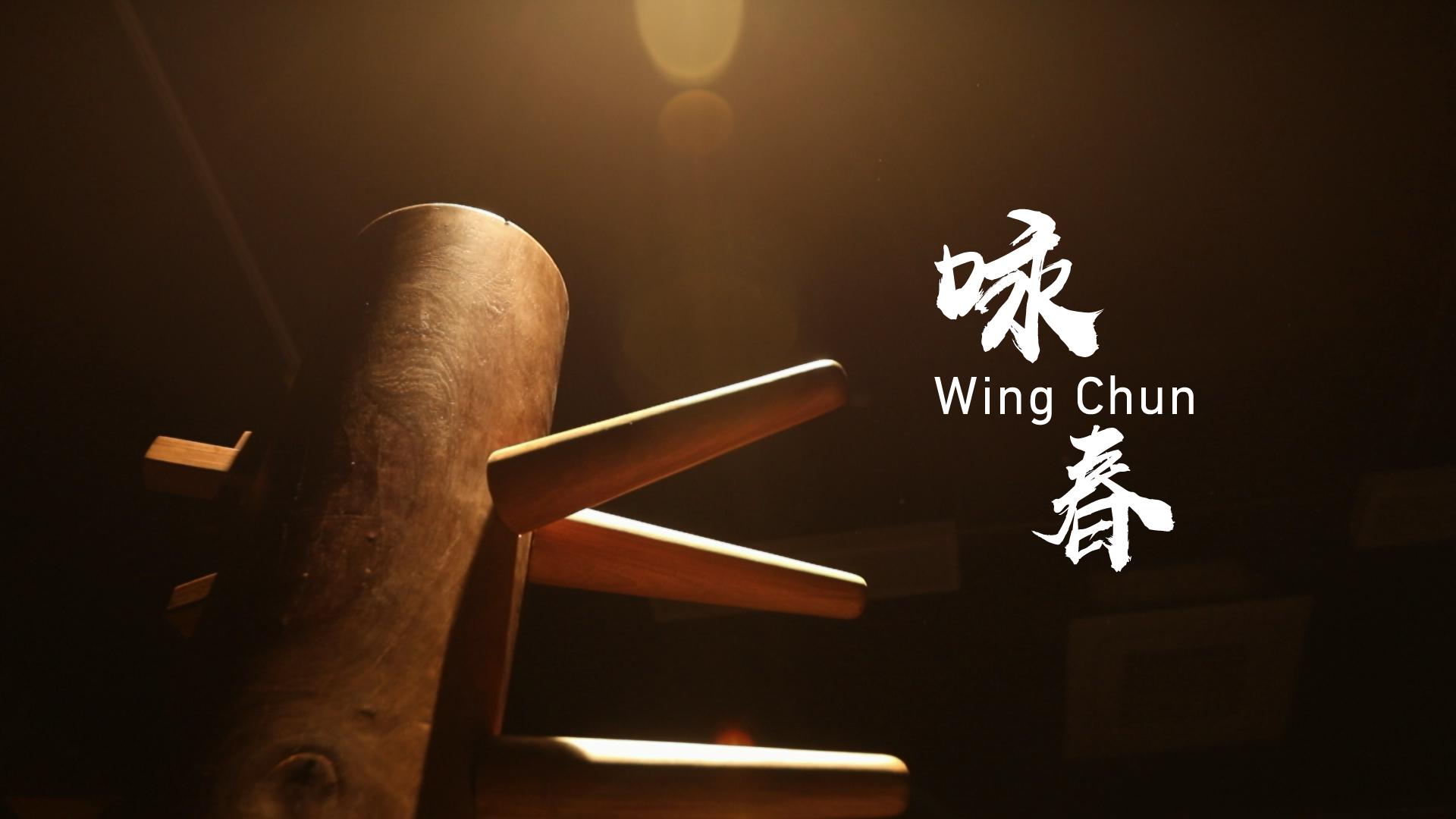The Wing Chun Wooden Dummy: Training Tool for Practical Application
The Wing Chun wooden dummy, known as the “Mook Yan Jong,” is a quintessential training tool in the Wing Chun system. With its unique design and purpose, the wooden dummy serves as an invaluable aid in developing key skills and refining techniques. In this article, we will explore the significance of the Wing Chun wooden dummy and its role in training.
1. Form Refinement and Muscle Memory
The wooden dummy provides a stable structure for Wing Chun practitioners to practice their forms, known as “Tao Lu.” By performing the intricate sequences of techniques on the dummy, practitioners can refine their body positioning, footwork, and hand techniques. The dummy allows for consistent repetition, which helps develop muscle memory and ingrains proper technique into the practitioner’s subconscious. This reinforcement of correct form and movement is crucial in Wing Chun, where precise positioning and timing are paramount.
2. Conditioning and Strengthening
The wooden dummy is made of solid wood and often features arms, legs, and a central body structure. Its design allows practitioners to apply force and strike specific areas, thereby conditioning their limbs and body. Regular practice on the wooden dummy helps develop the necessary strength, power, and durability required for effective Wing Chun techniques. Strikes against the wooden arms and legs also help practitioners gauge the impact of their strikes, improving their understanding of force generation and impact absorption.
3. Close-Range Combat and Sensitivity Training
Wing Chun is renowned for its close-quarters combat techniques. The wooden dummy provides a training platform for practitioners to simulate close-range encounters and develop their sensitivity and tactile awareness. By striking and manipulating the wooden arms, practitioners refine their ability to read and respond to an opponent’s force, facilitating the development of a well-honed “Chi Sao” (sticky hands) sensitivity. The dummy helps practitioners cultivate the instinctive reactions necessary for effective trapping, deflecting, and countering in real-world combat situations.
4. Bridging the Gap Between Solo and Partner Training
While solo training is essential in Wing Chun, it is equally important to develop skills through partner interaction. The wooden dummy acts as a bridge between these two training methods. It allows practitioners to practice techniques, footwork, and positioning without the constraints of a live partner. The dummy serves as a valuable training aid for solo practice, enabling practitioners to refine their techniques before transitioning to partner drills and sparring.
Conclusion
The Wing Chun wooden dummy is a vital training tool that plays a significant role in developing and refining the skills necessary for effective Wing Chun practice. From form refinement and muscle memory to conditioning and close-quarters combat training, the wooden dummy serves as a valuable partner in a practitioner’s journey toward mastery in Wing Chun.
